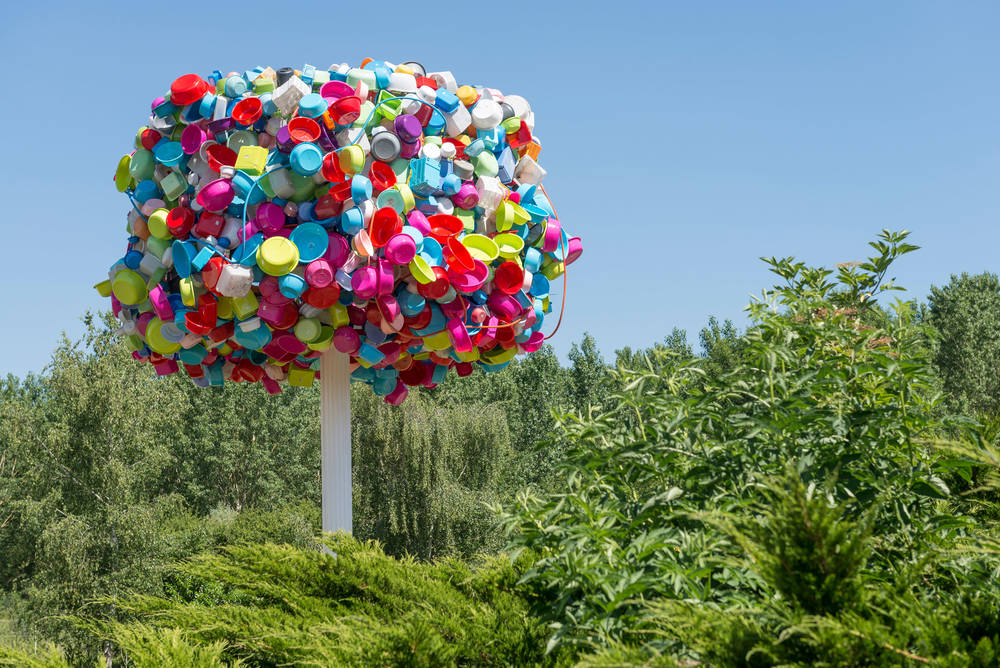1. Plastic as a mirror of society
The SCHIRN is dedicating a large thematic exhibition to the eventful history of plastic in visual art for the first time. It opens up a broad panorama of the artistic use and assessment of the material from the 1960s until today. The spectrum extends from the euphoria of pop culture to the futuristic influence of the space age, and from the trash works of Nouveau Réalisme to the ecocritical positions of recent times; it includes architectural utopias as well as experiments with material properties. Objects, assemblages, installations, films, and documentation show the diversity of the substances, forms, and materials and thus also reflect the respective social contexts.
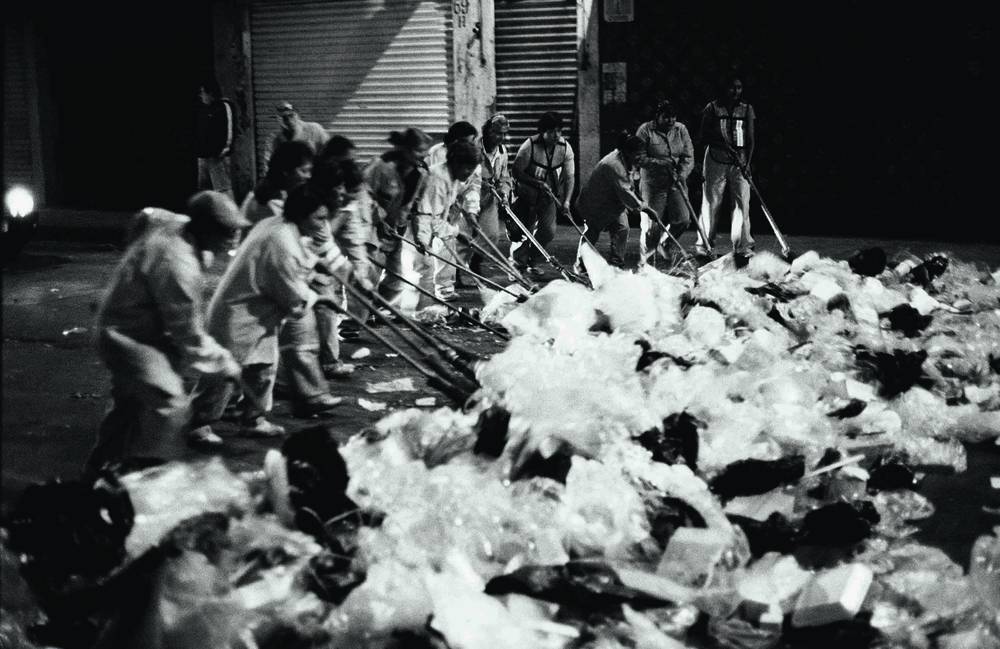
2. Everything so beautifully colorful here
In the 1960s, plastic became the iconic material of Pop Art and was equally popular in both art and design. Fascinated by the culture of consumption and the things of everyday life, Claes Oldenburg, for instance, constructed sinks, ice bags, and light switches from vinyl. With his refined recoding of the ESSO logo into LSD in 1967, Öyvind Fahlströms satirized the logos of
advertising in a playful and provocative way—and reflected not least the ubiquity of petrochemistry. For his large-scale motifs such as "Forest Ranger" (1967), James Rosenquist, who began as a painter of advertising posters, made use of BoPET, a tear-resistant polyester film, which, when positioned floating in space, also expands painting. Omnipresent, too, in the maledominated artworld of this time was the view of the female body, which was countered by women artists such as Nicola L. or Kiki Kogelnik. For her cutouts such as "Man with Ingredients" (1970), Kogelnik cut out the contours of her male artist colleagues, who lay on the floor and served as models.
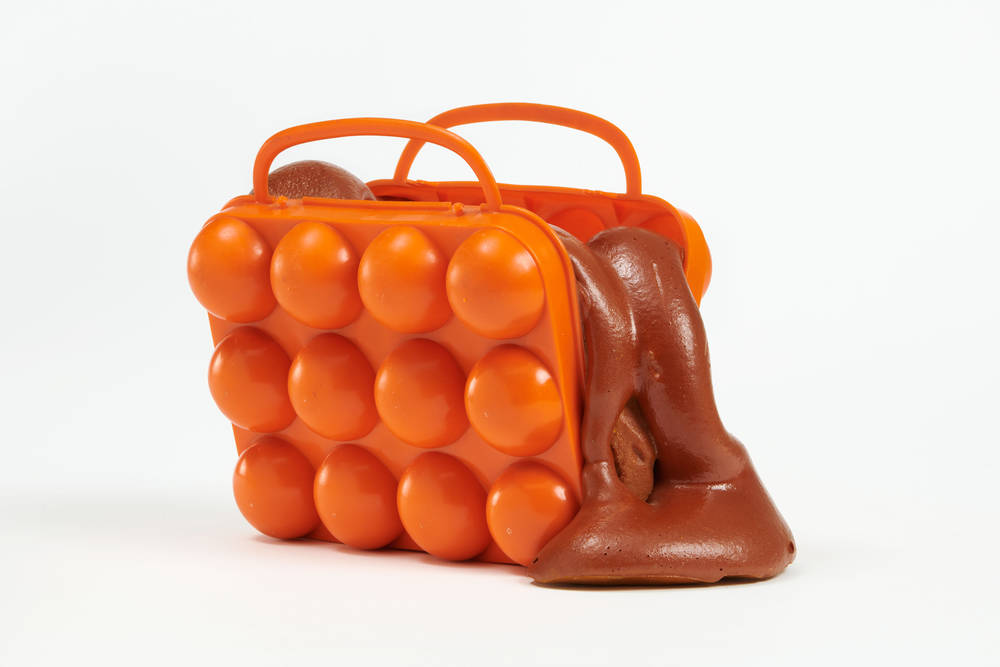
3. A walkable sea monster
The German artist Otto Piene also brought together technology and nature. In a walk-through environment of roughly 160 square meters, the SCHIRN is presenting a new edition of his "Anemones: An Air Aquarium" (1976/2023). Ten huge inflatable and transparent sea anemones, up to eight meters in height, as well as other sea creatures make it possible to experience underwater worlds. The poetic and playful dimension of the work’s creation at the time is overlaid today by the knowledge of the pollution of the oceans by (micro-)plastics
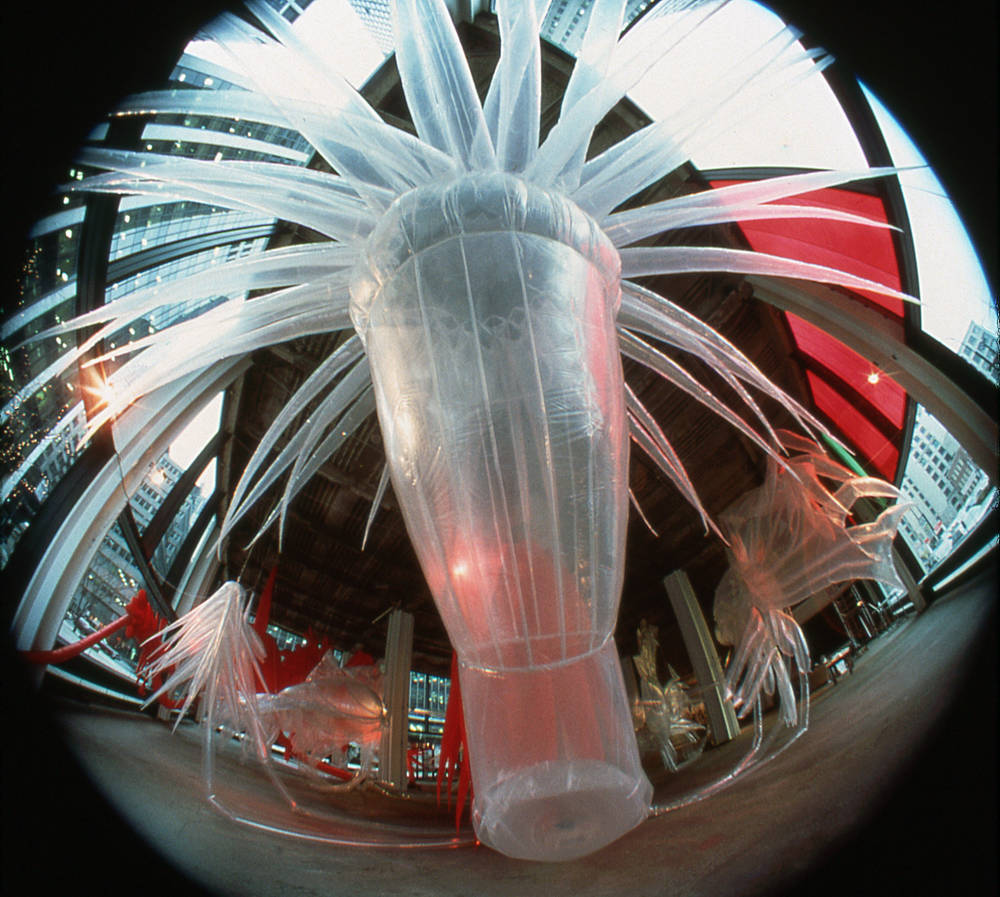
4. From Pop to Trash
In the 1960s, artists of Nouveau Réalisme such as Arman were already less interested in the smooth, beautiful material than in what ultimately remains. In his "Poubelles" (Trash Cans) of acrylic glass, he accumulated a hodge-podge of the waste of his time. With "Accumulation rasoirs (pour Ben)" (1960), the artist exhibited a box filled with old electric razors, thus making a critical reference to pop culture’s enthusiasm for plastic. Christo also changed the perspective and as in the early work "Look" (ca. 1965) wrapped the mechanisms of consumer society by inverting the weighting of content and packaging and making the latter the main protagonist in his art. Plastic waste is also central to more recent works, as in Francis Alÿs’s film "Barrenderos" (Sweepers, 2004), which shows street sweepers in Mexico City engaged in their nightly removal of mountains of plastic garbage. The large-format material collages by the Ethiopian artist Elias Sime reveal, on closer inspection, that they are assembled from the detritus of civilization such as electronic scrap, computer circuit boards, or plastic-coated cables, put together to create a special cartography of our present.
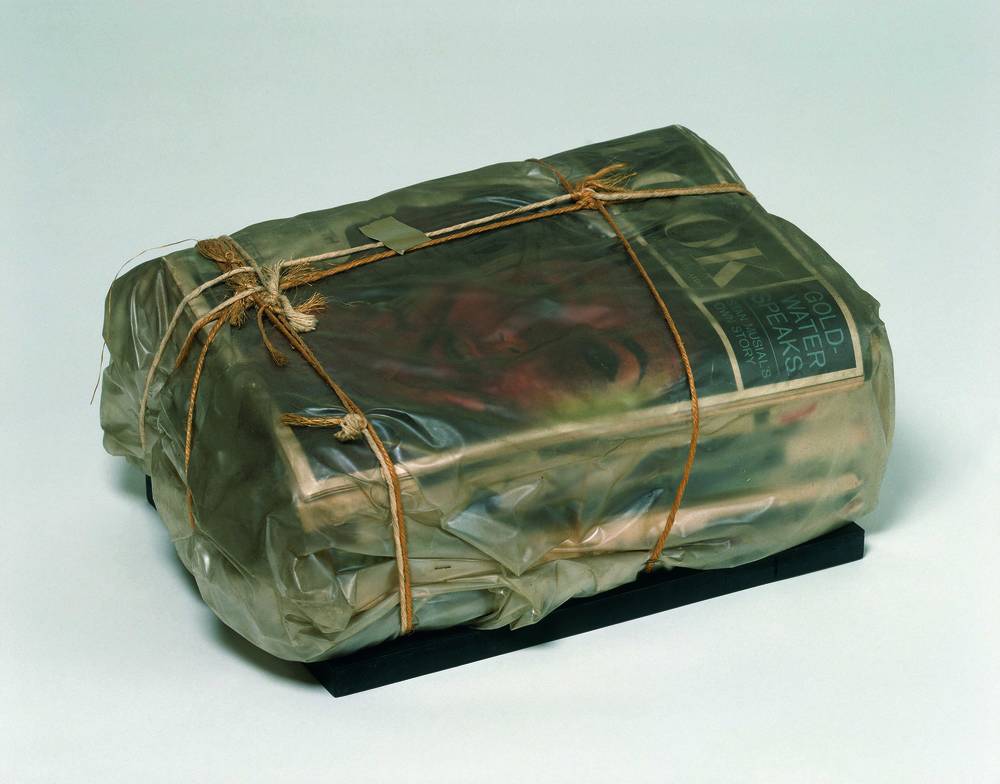
5. A tree made of plastic
Outdoor, the SCHIRN is presenting a monumental installation by Pascale Marthine Tayou. In his works, the artist from Cameroon, who now lives in Belgium, makes use of plastic buckets, among other things, which form the crown of a disconcertingly beautiful artificial tree as in "L’arbre à palabres" (2012–23). Tayou’s works make striking reference to the customary large-scale use of the cheap material (not only) in Africa, and simultaneously offer a commentary on the state of our ecosystems.
